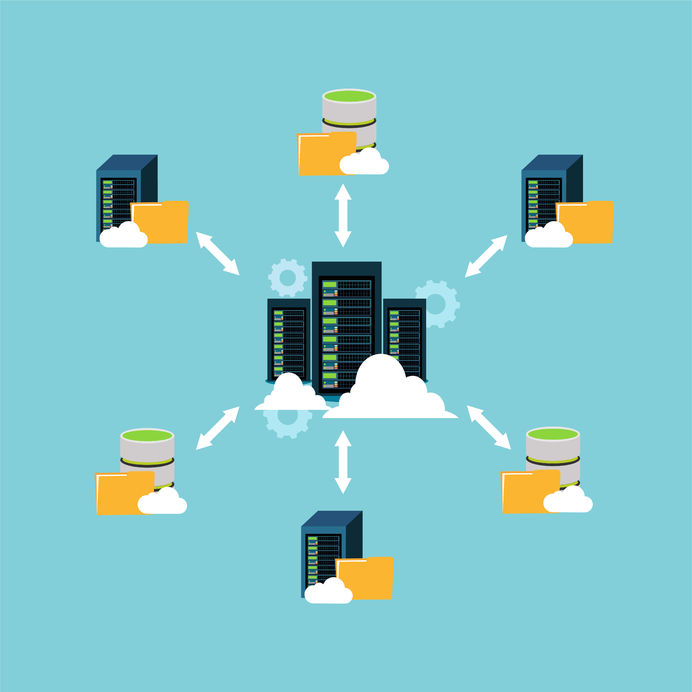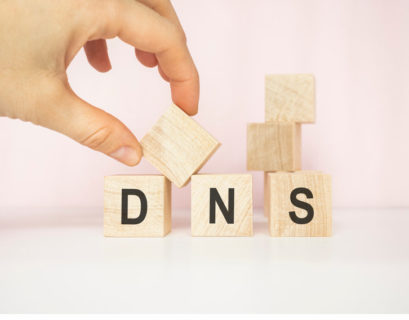What is IPv4? Everything you need to know
Nowadays, in this rapidly evolving global Internet world, we can’t skip the IPv4. It is the...
What is a Primary DNS server and how does it work?
We have already talked about what is DNS and what is a Secondary DNS, this time we will focus on the Primary DNS server. There is a DNS...
Basic DNS terms you should know (List + Infographic)
What is DNS (Domain Name System) The Domain Name System (DNS) is often compared to a phonebook, and there are a lot of similarities. It is...
What is a Teardrop attack, and how to protect ourselves?
The Teardrop attack is a cyber threat that should not be neglected. It could affect you or your...
What is DNS filtering? Do you need it?
DNS filtering helps organizations keep networks and users safe by blocking access to malicious and harmful websites. It also allows...
What is DHCP? How does the DHCP server work?
The DHCP server has changed the lives of all administrator forever. It has given them the commodity of automatic IP assignment. After the...
DNS cache explained
The DNS is a great technology that allows us to use the internet the way we currently know it. It...
VPS (Virtual Private Server): An Introduction for Beginners
One of the most popular and versatile hosting solutions is a Virtual Private Server (VPS). Nowadays, businesses and individuals rely more...
Knot DNS Server Explained: Understanding the Basics
Knot DNS, a high-performance open-source DNS server software, helps administrators to manage DNS infrastructure effectively. In...
BIND Explained: A Powerful Tool for DNS Management
Welcome to the fascinating world of BIND – the force behind the seamless web browsing...










